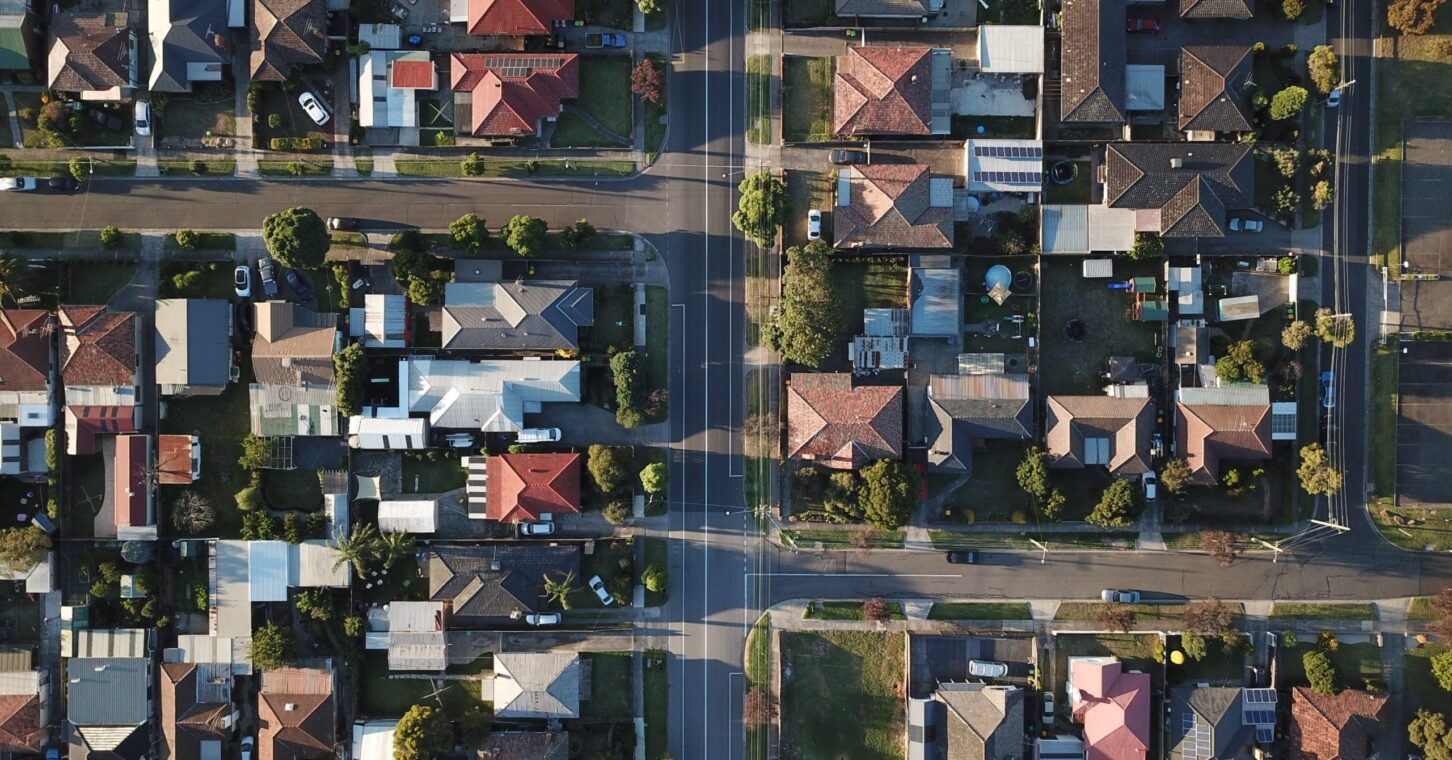
Most communities in Georgia are dealing with a common problem: housing affordability. The problem looks different in different places, but the commonality is having too many people who can’t find a home that fits their budget.
So why do so many cities and counties insist on making housing more expensive?
This, too, can appear slightly different depending on where you look. Architectural ordinances, dictating certain design or material requirements unrelated to health and safety, have proliferated in many areas, particularly suburbs. Some ban the use of vinyl siding, for example – not just in a neighborhood, as with homeowners associations, but across an entire city or county. Minimum lot sizes show up in other places. Such overregulation mainly serves to drive up home prices.
Then the same governing bodies that do the overregulating turn around and complain about home prices. Private property rights suffer as well.
But property owners are beginning to fight back. The latest example comes from Calhoun, in northwest Georgia.
Cindy Tucker is the head of a local nonprofit called Tiny House Hand Up. And she’s suing her city for the right to build, well, tiny houses.
“The cost of building housing is staggering, and there is a serious need for affordable housing,” Tucker says. “We’re proposing to build 30 to 40 homes, but the government just will not allow us to build them.”
Calhoun, with a population just under 17,000 according to last year’s census, has a median household income about 40% lower than the state average, and a poverty rate more than twice as high. Just two in five residents own their homes.
In other words, it is the kind of community that should welcome fresh thinking that helps bring prices down.
Instead, its municipal code makes some innovations, such as tiny houses, unlawful. Besides a minimum lot size of a little less than a quarter-acre – not overly restrictive, compared to some other places – it requires houses to be at least 1,150 square feet.
Tucker is trying to build homes closer to 600 square feet, in order to keep prices between $60,000 and $90,000 – or about 40% to 60% of the median home price in Calhoun, which has nearly doubled in the past eight years.
“The problem with wanting people to have large homes is that it is out of reach economically for so many people,” Tucker says. “When you increase the square footage, you increase the materials, you increase the labor time, you increase the labor itself.”
Tucker is being represented by the Institute for Justice, a libertarian public-interest law firm based in Virginia. It is probably most famous for the only lawsuit it has lost at the U.S. Supreme Court: Kelo v. City of New London, in which city officials used eminent domain to evict a homeowner so they could give her property to a business as part of an economic development deal. The story of Susette Kelo, IJ’s client, was told movingly in the 2018 film “Little Pink House.”
The Kelo case led to a spate of law changes around the country, including in Georgia, to ensure eminent domain could only be used for the public good, such as building or widening roadways, and not for private gain.
Even if Tucker’s case never makes it to the Supreme Court, some cities aren’t waiting to make space for tiny houses.
This past week, a day before Tucker’s lawsuit was filed, the planning commission in Raleigh, N.C., voted unanimously to change zoning rules to allow tiny houses in that city. Tiny houses are already legal in many other places, including other parts of Georgia.
It’s not a solution for everyone. Nor are 3D-printed homes, although that construction method is catching on in places like Austin, Texas. But taxpayers can only subsidize so many new “affordable housing” units. At some point, we need market innovators to find new ways to build homes that are affordable.
And we need government officials not to get in the way when they do.
